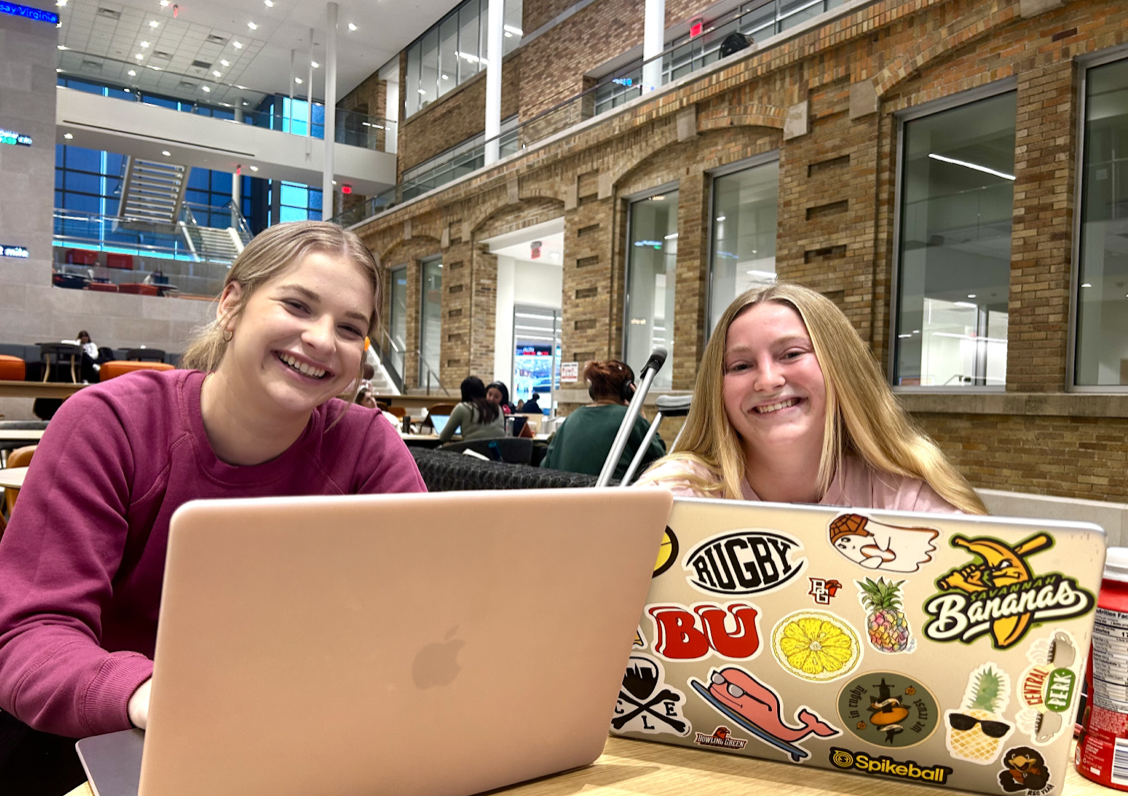With Colin Beavan’s environmentally-aware “No Impact Man” as the Common Reading Experience book choice and the grand opening of campus’ premier green dining hall, The Oaks, this fall semester promises to be filled with sustainable activities and community engagement.
And food seems to be right where it belongs – at the center.
Beavan, in his year-long project to reduce his carbon footprint, turned to a 250-mile diet; he did not eat foods grown outside of that radius or ones that used unnecessary packaging. While this practice would be difficult for most students, faculty, staff and community members, there are definitely food-related practices that can green our lives.
Consider University Dining Services. They use cage-free eggs, sustainable fish, fair trade coffees and produce from local farmers. Compostable to-go containers and recycling initiatives are additional ways Dining Services is striving to be sustainable, but I was really thrilled to learn they recycle the french fry oil to fuel campus lawnmowers, snow blowers and the University Dining truck. These eco-conscious actions are inspiring, but there are even more opportunities to go green on campus.
The University Veg Club shares information about living vegan or vegetarian. The Sustainable U Conference, open to University members and the public Oct. 27 in the Union, will, no doubt, draw connections between green practices and local foodways. And students who dream green can apply for the Student Green Initiative Fund through the Office of Campus Sustainability.
It’s easy to live and eat green off campus, too. Happy Badger Café utilizes vegetables from local gardens and Naslada Bistro serves local grass-fed beef and organic-fed chicken.
Those looking to procure quality groceries at a reasonable price should head down to the Farmers’ Market in downtown Bowling Green across from Grounds for Thought coffeehouse. On Wednesday evenings from 4 to 8 p.m. the Farmers’ Market offers seasonal vegetables, artisan cheeses and fresh-from-the-oven baked goods. A short walk or bike ride from campus, the market is a perfect place to witness how food inspires action and creates community.
But the Farmers’ Market isn’t the only place where we can reduce our environmental impact. There’s a community garden behind Tim Horton’s; volunteers who work in the garden are free to harvest the goodies once they are ripe and ready to eat.
With so many exciting options, it’s easy to get involved on or off campus. And it is the perfect time to emphasize green at the University.







